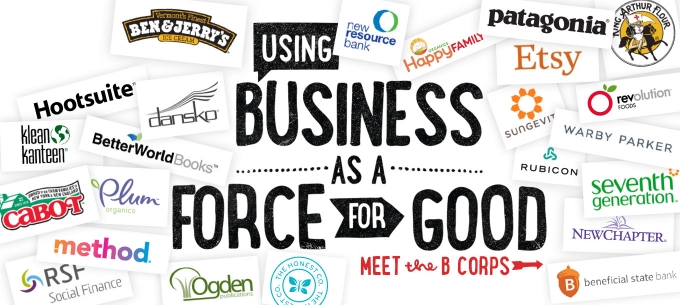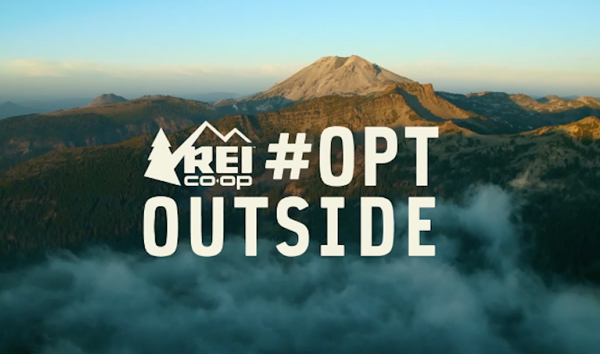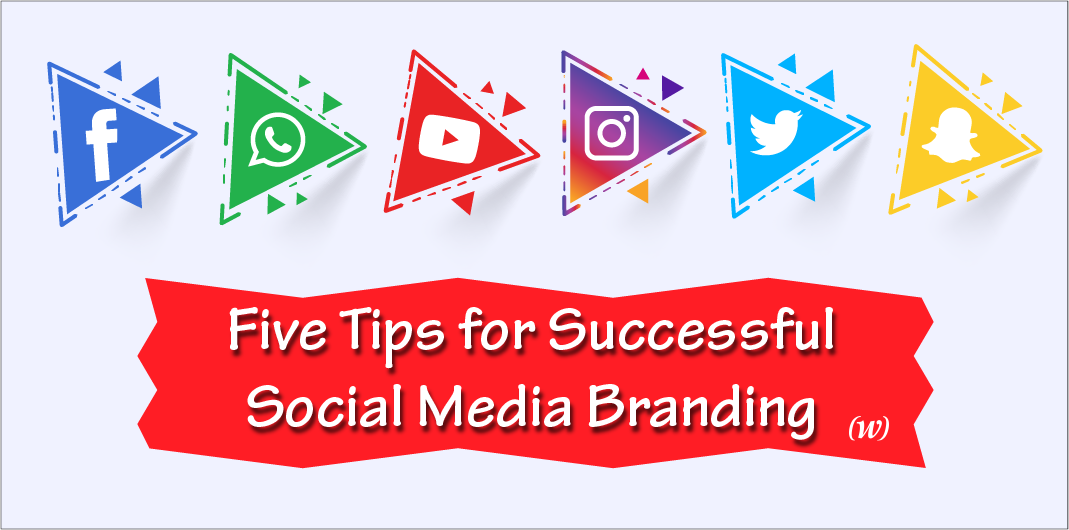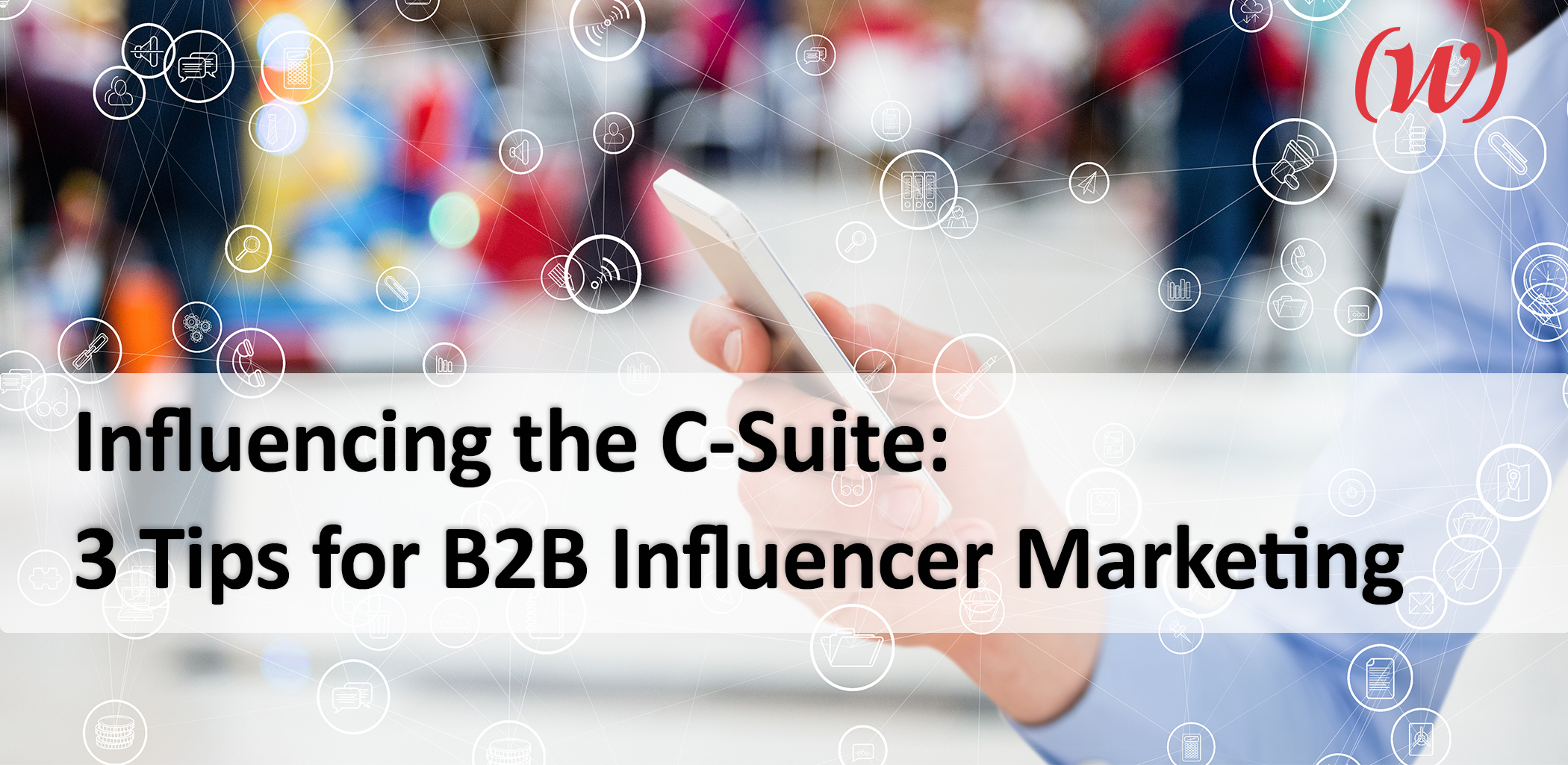Discover how a purposeful rebranding strategy can drive alignment, re-engage stakeholders, and position your organization for growth. Learn key steps, avoid common pitfalls, and explore real-world examples of rebranding done right.
Continue readingPR Company to the Rescue? Maybe…
When is the right time to call for PR help? Learn when PR is a lifeline for building trust, shaping perception and driving long-term success.
Continue readingFive Tips for Successful Social Media Branding
By: Kara Dement
Twitter: @KaraDeMent_
In more ways than one, social media is at the heart of how most organizations communicate with their audiences.
‘Heart’ is a good metaphor since it’s both central to the communications strategy and the source of how the organization looks and feels—and of course the ‘look and feel’ is the definition of a brand. So how do you make sure your organization’s look and feel are accurately and consistently portrayed through social media? Here are five expert tips to keep your social media strategy on the brand:
-
Establish and maintain a consistent voice

Buffer defines voice as, “your brand personality described in an adjective. For instance, brands can be lively, positive, cynical, or professional.” If you want people to listen, you need to inject some personality. Know your brand’s voice and ensure it’s aligned with your company culture and your target audience. Then make sure you use the same voice across all platforms so that you don’t come across as a split personality.
-
Choose the right platforms
Understanding each platform’s audience can help you identify what social media platforms are the right choice, and then you can use your brand voice to share things that are relevant to that target audience. Snapchat users on average are between the ages of 18-34 according to Omnicore Agency, so using Snapchat to discuss retirement planning probably won’t work. Also, not all voices work across all platforms. If your brand voice doesn’t have a playful side, you should either look into developing one or steer clear of Snapchat altogether.
-
Select appropriate visuals
When it comes to describing your brand, a picture is worth a thousand words. So select imagery carefully and make sure it is consistent with and helps augment the story your voice is telling. Speaking of consistency, it’s also important to maintain visual consistency across all social media platforms. Having the same colors, logos, etc. is a given, but even your photography, video and shared stories should all align with your brand’s personality.
-
Engage
Nobody wants to have a conversation with themselves, plus that goes against the whole point of “social” media. For a brand to have a credible personality, it needs to be responsive on social media, or people will assume no one at your organization is listening. Jay Baer, President of Convince & Convert, found that 42% of consumers expect a 60-minute response time, so being engaged with the audience’s comments, questions and concerns is critical to meeting your audience’s expectations. It’s also a great way to build trust and rapport so when you want your customers to engage with you, they’ll be ready and willing.
-
Offer relevant and killer content
At (W)right On, we go by the 80/20 rule. Meaning, 80% of content should be “check this out”, so long as it relates to the brand, and 20% should be “check us out”. Talking about yourself all the time is a turnoff, and not the kind of personality that brands want to be perceived as having. If you stick to the 80/20 rule, it will help prevent the pitfalls of constant monologue and will help develop your brand’s personality by giving it depth beyond your own organization.
Need help developing your brand’s voice and personality on social media? Call or email our team of social media pros to help! You can reach us at (858) 755-5411 or info@wrightoncomm.com.
Influencing the C-Suite: 3 Tips for B2B Influencer Marketing
By Aisha Belagam
Twitter: @AishaBelaPR
Fashion bloggers jet setting to tropical destinations wearing the trendiest floral prints. Genetically blessed Instagram influencers promoting weight loss pills after an early morning session at Equinox. From selfies to flat-lays, these are the types of personalities and formats that typically come to mind when you hear the term ‘influencer’. But these personalities won’t do much for your B2B marketing strategy.
 As with B2C, B2B influencer marketing is about connecting with influential people in your community and leveraging them to build trust and credibility, driving your message. In this digital age, where social media is becoming a regular part of everyone’s lives, influencer marketing is becoming a vital part of the communications strategy. And yes, you can and should use it for B2B companies. The C-Suite is engaged on social media and 84% of CEOs and VPs say they use social media to help make purchasing decisions. Here are three tips to consider when developing your B2B influencer marketing strategy:
As with B2C, B2B influencer marketing is about connecting with influential people in your community and leveraging them to build trust and credibility, driving your message. In this digital age, where social media is becoming a regular part of everyone’s lives, influencer marketing is becoming a vital part of the communications strategy. And yes, you can and should use it for B2B companies. The C-Suite is engaged on social media and 84% of CEOs and VPs say they use social media to help make purchasing decisions. Here are three tips to consider when developing your B2B influencer marketing strategy:
1. Where are they and who do they look to?
Who and what influences your target audience? Don’t get deflected by focusing on who has the most followers. A million followers do not necessarily equate to a huge influence on your target audience. This isn’t a popularity contest. Plus, upcoming thought leaders are more likely to have the capacity to pay attention to your brand. Focus on influencers who receive a large amount of engagement on topics relevant to your vertical. These are the thought leaders you’re looking for. The analysts, industry experts, authors, speakers, and media folk who are actively involved in industry discussions, leading the way with their expert insight and educated opinions. You’ll find most of them on LinkedIn and Twitter.
2. Look within
Who understands your brand better than your team? No one. That’s why you should leverage the CEO, employees, and clients as part of your strategy.
Employee advocacy is a powerful thing. Encourage your employees to promote your brand, whether it’s through social posts and blogs, at speaking opportunities, or by getting involved at industry events. Empower those with the most knowledge, the ones who work on your brand daily, to become the thought leaders opining and engaging, increasing your brand’s visibility.
C-level executives are an integral way for B2B brands to make a personal connection. They are the thought leaders bringing the brand to life. Using C-level executives is a key way to build relationships with analysts and the media, increasing coverage and establishing credibility.
Share results. Success stories from your customers can be packaged into consumable case studies, infographics, and testimonials. It’s great to have your team promoting your brand, but there is an obvious bias. Your customers, on the other hand, don’t have the same stake in your company and their experiences add a layer of authenticity.
3. Don’t just promote your own agenda
Build a real relationship with your influencers so they are engaged before you need them. It’s a two-way street. Think about how you can help them while promoting your brand. Reference them as experts, quote them in your blog posts, give them access to your products or services, engage with their social content, and stay top of mind. When the time comes, they will be more familiar with you and more likely to go the extra mile to help your brand.
Influencers can help a B2B brand through numerous channels. Think about your goals and identify what your brand needs. Influencers can do everything from collaborating on social content to hosting a webinar, from being an ambassador at your tradeshow to quoting you in their latest interview.
As interest in traditional forms of advertising plummets, influencer marketing is becoming a more important part of the integrated strategy. Collaborating with influencers in the ways outlined above can help your brand become more influential in itself.
Want to learn how your brand can leverage influencer marketing? Drop us a line. With proven influencer marketing results with national brands in both the B2B and B2C sector, we can work with you to develop and implement an integrated strategy that brings your brand targeted, measurable results.
The Buzz About B Corps – Why You Should Care

By Kat Beaulieu, Communications Strategist
Remember when you were back in business class and it first dawned on you that the system is rigged against people who want to do good AND make money? I do. It was one of those “Wait – what?” moments where I felt another shred of my ignorance/innocence slipping away.
My big “a-ha, well-duh” moment followed this obvious nugget of truth: corporations are legally obligated to make money for their shareholders, so their decision-making is necessarily driven by profit. Non-profits on the other hand, are legally forbidden from making a profit, so they’re actually discouraged from creating wealth for their employees.
In my own selfish way, I remember thinking my choices were to either embrace a life of poverty working for a non-profit, or cobble together some financial comfort by turning a blind eye to some of my ideals and working for the big, bad corporation. I suppose I’d had enough of the starving student scene and a martyr I am not, so off to the corporate world I went.
I’m certain I wasn’t the only person faced with this decision, and fortunately there are some smarter and more committed people than me who have been working to change the system, so that now (since 2010 in Maryland and now in 30 U.S. states and the District of Columbia), there IS an alternative to choosing between non-profit or for-profit. It’s called a benefit corporation, or B Corp, and it is both shaping and shaking up how business, employee recruitment and consumer spending are going to look in the near future. Why? Because Y and Z.
Generations Y and Z, that is. Unlike prior generations, Y and Z haven’t had to sever that part of their conscience that chooses between “good” non-profit and “evil” for-profit, because they’ve grown up with companies like Patagonia, Ben & Jerry’s and Seventh Generation showing us that companies can be both for-profit and good. That’s exactly what B Corps are – they are people using business as a force for good™. They have shareholders, but they’re not exclusively tied to them—they’re also legally obligated to serve their mission, which can be anything from delivering shoes to third-world children to achieving world peace.
The B Corp movement is one of the most important of our lifetime, built on the simple fact that business impacts and serves more than just shareholders—it has an equal responsibility to the community and to the planet.
Rose Marcario, CEO of Patagonia
Y and Z can choose to give their money and their brains to “good” companies, and that’s exactly what they’re doing. What this means for traditional corporations is that in order to remain competitive for Y and Z’s brains and share of wallet, they’re going to have to start upping the ante in terms of the “good” they’re doing inside and outside of the organization. And these are the stories that need to take priority in press releases. These are the stories that are going to capture media attention, get shared on social media, and ultimately drive Y and Z’s choices.
Why (or Y) is this important? Because Ys, whom we define as those ages 18-34 in 2015, now number 75.4 million, surpassing the 74.9 million Baby Boomers (ages 51-69) in the US.
Are you panicked yet? You should be! The B Corps are coming and if your PR strategy has been focused exclusively on profits and growth, it’s time to change tactics. Talk up the great initiatives your employees have been collaborating with non-profits on, and the positive impact your organization has had on your community. Turn your eyes to measure the social good you’ve achieved each quarter, rather than earnings alone.
So whose wallet and brains is your organization targeting and what mediums are you using to get those stories out? Is it time to YZ up?
Kat Beaulieu would love to repent for some of her ideal-stomping past and help you craft a YZ targeted communications strategy that profiles the social good you’ve been up to. Get in touch.
REI Wins Big with Black Friday Boycott… So Far

By Shae Geary
As part of the growing group of people who are turned off by the endless consumerism that surrounds the Thanksgiving holiday, I was thrilled to hear of REI’s recent decision to shun Black Friday and instead #optoutside. The outdoor gear company announced in October that it would close all 143 locations on the day after Thanksgiving AND pay all employees to take a day off and explore the outdoors. REI’s news made headlines nationwide with some estimating that whatever REI may be sacrificing in sales, they’ll have made up for in publicity. So what is it about REI’s decision that has turned it into a PR “win”? Let’s break it down…
Authenticity: Rather than seeing themselves as just another big box retailer competing for market share, REI recognized that they are a different kind of company that is “dedicated to one thing and one thing only: a life outdoors.” REI’s decision perfectly aligns with the brand’s personality, mission and guiding philosophy.
First to the Market: REI has dominated the Black Friday conversation for two reasons. First, the company’s announcement was well timed a month before Black Friday and before other major retailers announced their own Black Friday strategies. Second, they are the first major company to publicly own the concept of staying closed on one of the biggest shopping days of the year. It doesn’t hurt that they also did it with gusto, conviction and a solid alternative to spending the day shopping. No one else can claim this space.
Bucking the Trend: REI’s decision to take the “less traveled fork in the road” has been described as a bold and possibly risky move. However, by bucking the trend, REI has essentially become a trendsetter in its own right. As every PR professional can attest, the media loves trendsetters.
Leading a Social Movement: REI has successfully started a new kind of holiday conversation with its social campaign #optoutside. The company is now the poster child for a social movement of people fed up with endless holiday consumerism. #Optoutside is likely to be a conversation relevant long after Thanksgiving and forever associated with choosing outdoor adventure over shopping mania during the holidays.
While there are critics of REI’s decision and the possibility exists that financially the retailer won’t be able to adopt this strategy for the long term (in which case, the company could face some negative PR backlash), I think I’ll be opting outside this Black Friday. Where will you be?














 Grant Wright
Grant Wright Corie Fiebiger
Corie Fiebiger
 Shae Geary
Shae Geary Phelan Riessen
Phelan Riessen Katrina Early
Katrina Early Hamish Marshall
Hamish Marshall